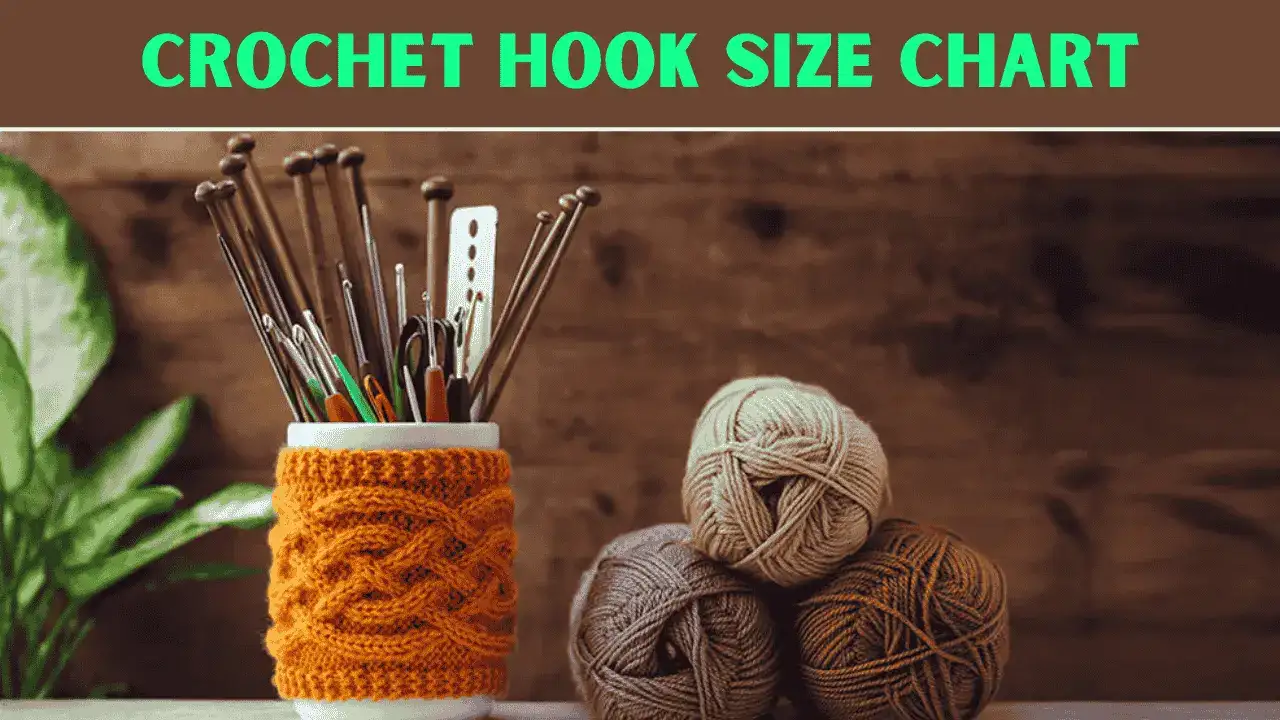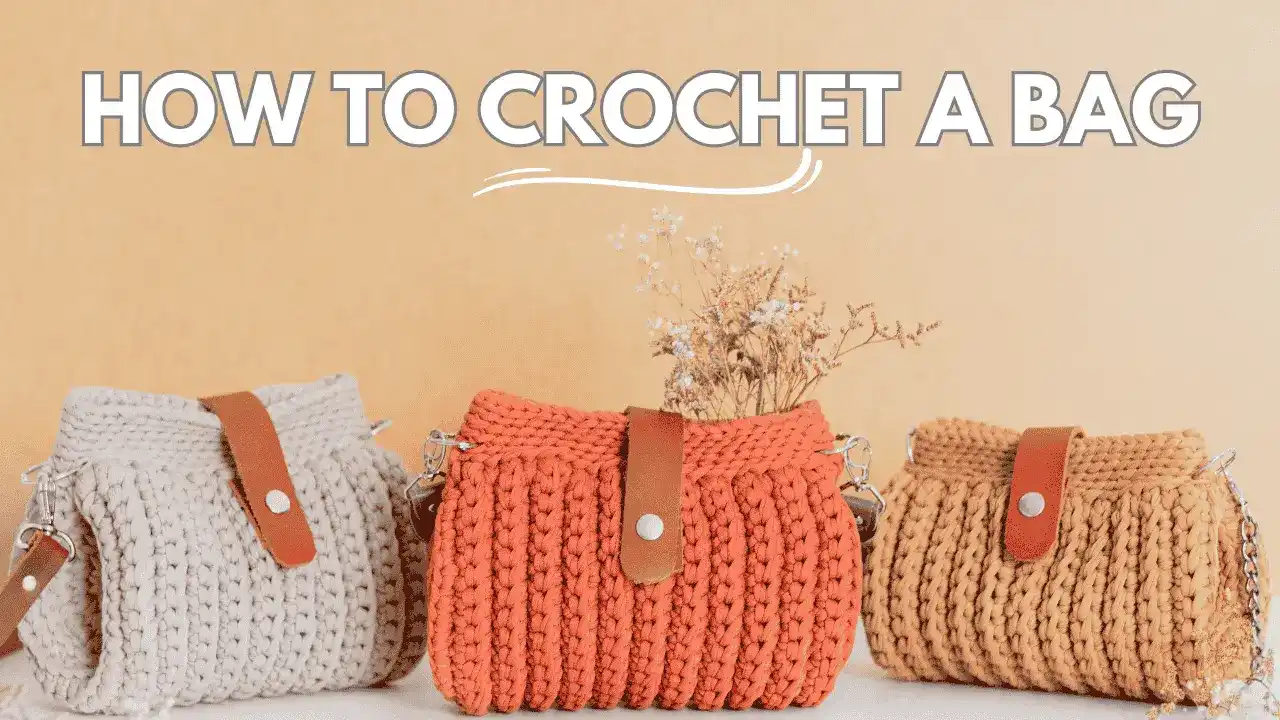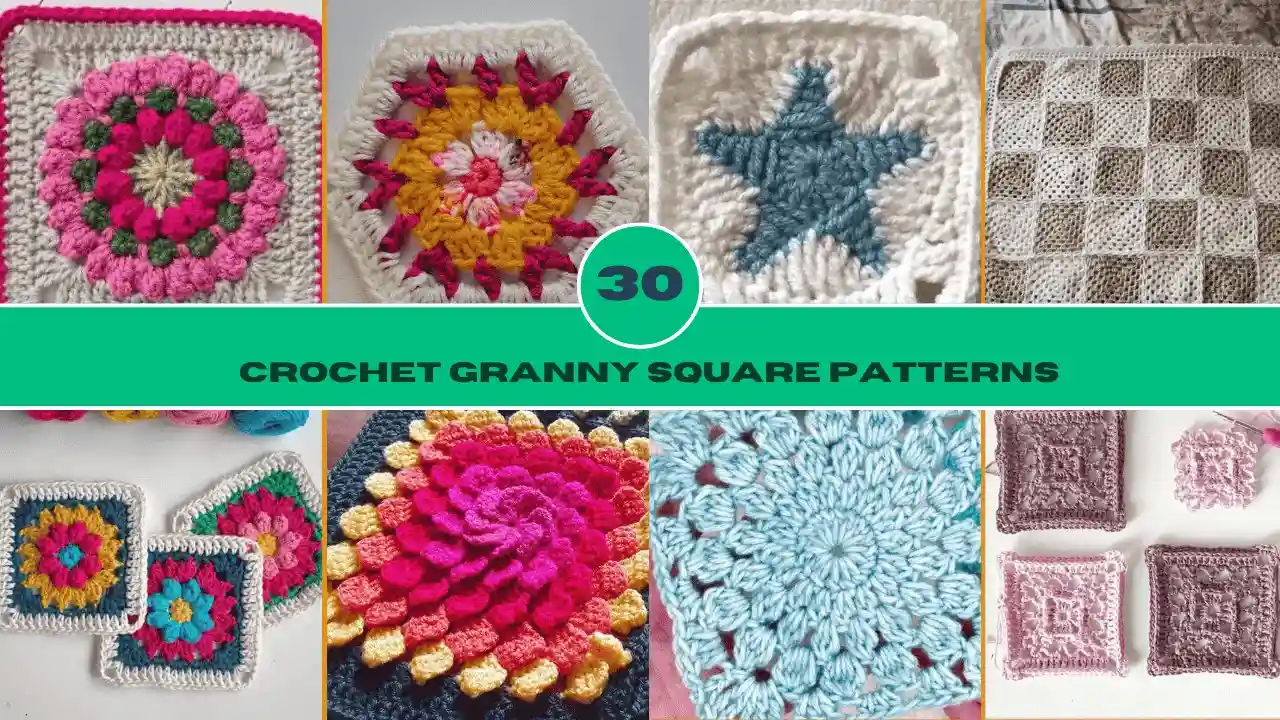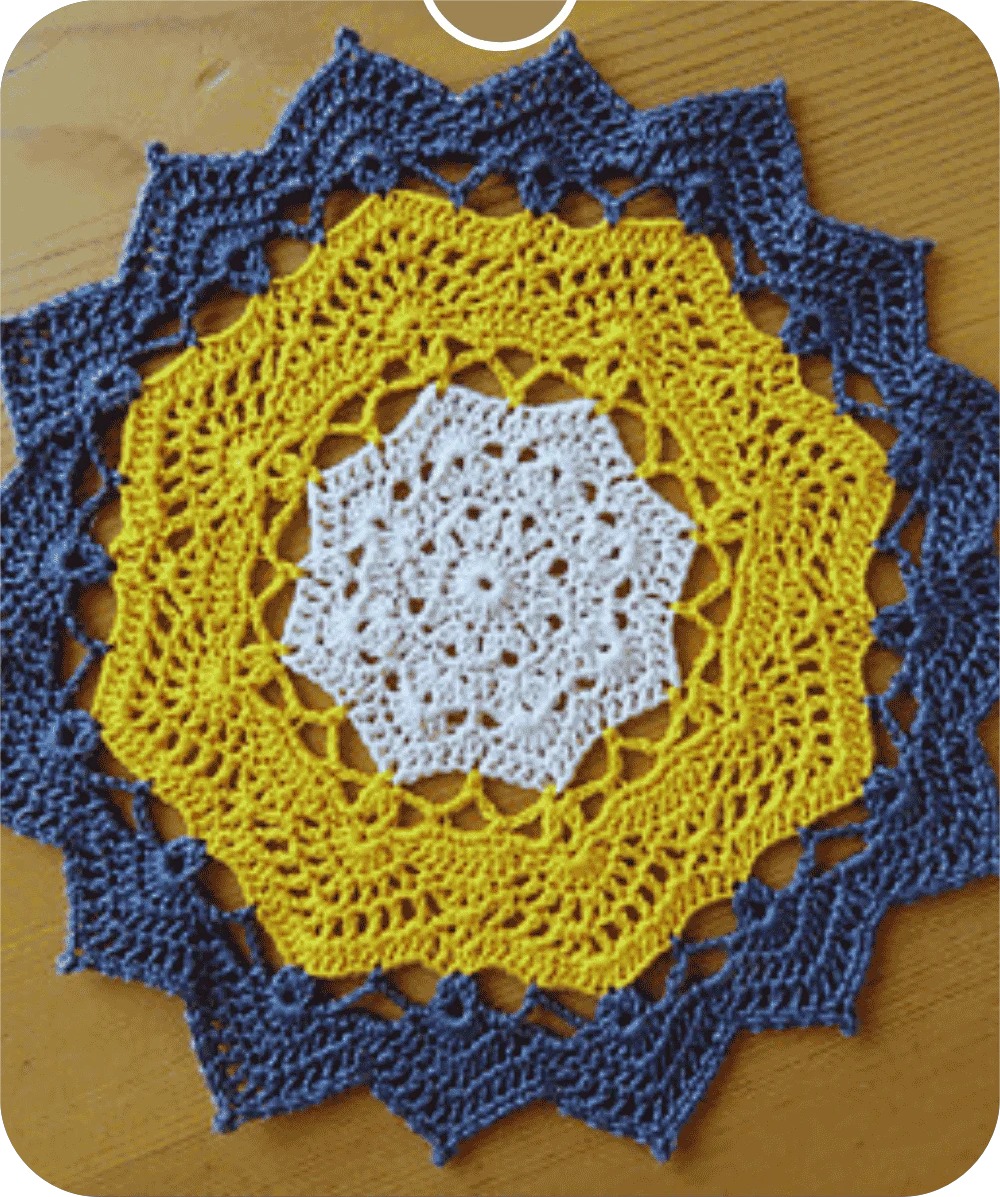You’ve just discovered this wonderful crochet learning guide, but you are confused as to which crochet hook you should take home. Well, if you feel that you’re going crazy with too many options in stores, be assured that you can get confused, especially if you’re a beginner. I’ll provide your complete guide. Here it is!
A crochet hook is the most important in working with precise stitches in crochet projects like scarves, blankets, and lacework to achieve uniform stitch size as well as ease of handling. One usually finds crochet hooks available in different materials and sizes suited for different yarn types, therefore making it an important tool in achieving good quality, looking results. (Crochet Hook Guide)
In This Post
- What is a Crochet Hook?
- History of Crochet Hook – Crochet Hook Guide
- Standard Crochet Hook Sizes
- Types of Crochet Hook
- How to Use a Crochet Hook? Crochet Hook Guide
- How to Hold Your Crochet Hook?
- How to Select the Crochet Hook Guide?
- Is it Easy to Learn Crochet Hook Usage?
- Conclusion: Crochet Hook Guide
- Frequently Asked Questions (FAQs): Crochet Hook Guide
What is a Crochet Hook?
A crochet hook is a kind of needle. This is used to create the stitch in yarn or thread with which you make the items, such as blankets, scarves, hats, etc.
It has a handle on one side and a hooked end on the other side that helps grab the yarn and pull it through loops to create a stitch. Of course, this makes it quite impossible to crochet without a crochet hook because literally, you would be holding nothing if you were to assume its absence; hence the derivation of the word “hook.”.
The size and material, apart from the design of crochet hooks differ. All these can affect the outcome of your crochet project. Whichever the thickness of your yarn, however fragile or thick thread you might be working with, there is a suitable crochet hook available for whatever task you intend.
History of Crochet Hook – Crochet Hook Guide
This craft has a long history, which is interesting. The word “crochet” comes from the French word. Its meaning is “small hook.” However, no one can point to when exactly this craft was invented. It is believed that crochet hooks had already existed in Europe back in the 19th century as early hints.
That was the time when crochet hooks were unheard of, but there were bones, wood, or ivory made for use. Women of the Victorian era popularized it greatly by using crochet hooks for lace, doilies, and even more intricate work. Nowadays, people from every nook and corner of this world love crocheting with endless selections in crochet hooks.
Standard Crochet Hook Sizes
Similarly, crochet hooks also have crucial sizes. The proper size of a hook determines the size of stitches, which in turn forms the size of the project to be produced. The following table shows some standard sizes of crochet hooks according to the US and metric scales:
| Size (US) | Size (Metric – mm) |
|---|---|
| B-1 | 2.25 mm |
| C-2 | 2.75 mm |
| D-3 | 3.25 mm |
| E-4 | 3.5 mm |
| F-5 | 3.75 mm |
| G-6 | 4.0 mm |
| H-8 | 5.0 mm |
| I-9 | 5.5 mm |
| J-10 | 6.0 mm |
| K-10.5 | 6.5 mm |
| L-11 | 8.0 mm |
| M-13 | 9.0 mm |
| N-15 | 10.0 mm |
For beginners, it is a good rule of thumb to start with a hook size that is middle-of-the-road, for example, a 5.0 mm (H-8) which works well for most mediums-weight yarns and is easy to work with as well.
Types of Crochet Hook
The crochet hooks differ in many ways. It depends on the various types of needs they fulfill. Your hook choice depends on the type of yarn to be used. The kind of your project also affects the choice. Here are some different types of crochet hooks:
1. Aluminum Crochet Hooks

Aluminum crochet hooks – liked by people for the lightweight body and durability. In addition, it allows the yarn to slide smoothly without sticking and is therefore particularly suitable for just-starting-out beginners. Because of their solid construction, they can be used long and are available in all sizes for all kinds of yarn weights.
Pros & Cons of Aluminum Crochet Hooks:
| Pros | Cons |
|---|---|
| Lightweight and easy to handle | Can feel cold to the touch |
| Durable and long-lasting | May slip too easily with some yarns |
| Smooth surface for fast stitching | Not as comfortable for extended use |
| Affordable and widely available | May cause hand fatigue without an ergonomic grip |
| Works well with most yarn types | Can be noisy due to metal clinking |
2. Plastic Crochet Hooks

Plastic crochet hooks are quite cheap and available in multiple colors and various sizes. For those who are very budget-constrained or beginners, these come in handy.
The plastic hook is also relatively very light, light in weight, but for extended periods of use, it might not be as long-lasting as the aluminum or wooden ones.
Pros & Cons of Plastic Crochet Hooks:
| Pros | Cons |
|---|---|
| Very lightweight and easy to use | Less durable compared to other materials |
| Affordable and budget-friendly | Can bend or break under pressure |
| Available in a wide range of colours | May have a rough surface affecting yarn glide |
| Comfortable for beginners | Not ideal for long-term, complex projects |
| Warmer to the touch compared to metal | May feel flimsy with thicker yarns |
3. Wooden Crochet Hooks

Wooden crochet hooks provide a soft, warm grip with a touch of friction, so these will work well with yarns that tend to slip off too easily. These are comfortable, and eco-friendly, and create a unique feel in crochet work. People who prefer a natural crafting experience usually love wooden hooks.
Pros & Cons of Wooden Crochet Hooks:
| Pros | Cons |
|---|---|
| Warm, comfortable feel in hand | Usually more expensive than plastic or aluminum |
| Provides good grip with slippery yarns | May create more friction, slowing down stitching |
| Lightweight and eco-friendly | Usually more expensive than plastic or Aluminium |
| Quiet, no clicking sounds when crocheting | May not glide as smoothly with certain yarn types |
| Natural material, appealing aesthetic | Limited size options compared to metal hooks |
4. Steel Crochet Hooks

Steel crochet hooks are short and strong. It is very especially ideal for making lacework or doilies kind of detailed projects, and it is ideal for making crocheting using thread rather than yarn. For being this size, it is commonly used for delicate, intricate designs as the precision stitches have to be made carefully.
Pros & Cons of Steel Crochet Hooks:
| Pros | Cons |
|---|---|
| Ideal for fine, detailed work like lace | Can feel cold and uncomfortable to hold |
| Durable and resistant to bending | Smaller sizes may be harder to handle |
| Perfect for use with thread instead of yarn | Heavier than plastic or Aluminium hooks |
| Provides precise, consistent stitches | Less comfortable for extended use |
| Long-lasting and rust-resistant | Limited to fine thread projects, not suitable for thicker yarns |
5. Ergonomic Crochet Hooks

Ergonomic crochet hooks are designed to have no pressure on the hands, hence best for long crocheting. They come with cushions where one’s handle is cushioned for better ergonomic support and control. They are ideal for those who crochet frequently and become uncomfortable; they find these hooks perfect for long-term use with standard hooks.
Pros and Cons of Ergonomic Crochet Hooks:
| Pros | Cons |
|---|---|
| Reduces hand strain and fatigue | Typically more expensive than regular hooks |
| Comfortable for long crocheting sessions | A bulkier handle may take time to get used to |
| Ideal for people with arthritis or joint pain | Limited availability in smaller hook sizes |
| Soft, cushioned grip for better control | Not as lightweight as basic hooks |
| Available in a variety of sizes and designs | Some designs may not fit all hand sizes |
6. Light-Up Crochet Hooks

Illuminating your crochet hooks with the LED lights, makes you know how to crochet especially when the lighting is low or when you use dark-colored yarn. Therefore, these helpful crochet hooks increase your visibility while crocheting and prove to be night-time crafts when you have little light to see your stitches. These are beneficial for giving comfort and clarity in terms of seeing. (Crochet Hook Guide)
Pros & Cons of Light-Up Crochet Hooks:
| Pros | Cons |
|---|---|
| Built-in LED lights for better visibility | The battery may need frequent replacement |
| Perfect for working in low-light settings | Heavier than standard hooks |
| Helpful with dark-coloured yarns | More expensive than regular hooks |
| Available in multiple sizes | Light may not be adjustable for brightness |
| Useful for detailed or intricate projects | Can be uncomfortable for long-term use |
How to Use a Crochet Hook? Crochet Hook Guide
Hook utilization is pretty fast once you get used to it. Now, here are the general steps on how to use a crochet hook:
- Hold a correct hook: There are two ways of holding a crochet hook. It is either a knife grip or a pencil grip. Try both types of hooks. See which works for you.
- Make a slip knot: Start by making a slip knot on a crochet hook. This is the first loop to be operated from.
- Chain stitch: Use this slip knot to pass through the yarn which you will have wrapped around the hook. It is also known as a chain stitch. In many cases, you may be required to do several chain stitches before beginning your intended pattern.
- Work into the chain: Start making other stitches from the chain, inserting the hook in the chain’s loops to make other stitches.
- Yarn over: Wrap the yarn over the hook and draw it through the loops formed in the chain. This is called a “yarn over”.
- Ending work: once your work is completed, cut the yarn and draw the end through the final loop to lock your stitch.
And with these basic steps, you will be able to create many different types of patterns and projects!
How to Hold Your Crochet Hook?
The first thing a beginner should learn is the proper way to hold a crochet hook. There are two ways to hold a crochet hook. It all depends on what works most easily for you. How you hold the hook won’t make any difference whatsoever in your stitches. Give both a try. Feel free to stick with what’s working best for you.
Method 1: Knife Grip

The knife grip is a hold similar to holding a knife when we are cutting. Here’s how to do this:
- Hold the hook: Position the hand that covers the hook, engaging your thumb and index finger to grasp onto the flat section of the hook; the remaining fingers are wrapped around for support.
- Position the hook: The hook faces downward, much like the edge of a knife.
- Action: With the knife grip, your wrist and arm do the majority of the work as you crochet, but your fingers keep the hook steady.
This technique is popular because it gives you great control and feels very natural for most people, especially those people who have experience using other crafts or tools that require a similar grip.
Method 2: Pencil Grip

The pencil grip is a hold similar to holding a pencil when we are writing. It looks like this:
- Hold the hook: Grasp the crochet hook between your thumb and index finger. It is just like you hold a pencil for writing. Your hand is on the side of the hook.
- Position the hook: Point the hook either up or slightly out.
- Action: Use the pencil grip, it is your fingers which do all the work while your wrist does not move much.
Many users prefer a pencil grip for longer sessions of crochet since it positions one’s hand in a relatively relaxing position.
Which Grip is Better? Crochet Hook Guide
There’s nothing “right” or “wrong” in holding the crochet hook itself. Both the knife grip and pencil grip are perfectly good. It all depends on one’s preference. Some prefer the knife grip because it feels more stable. Some like the pencil grip for its flexibility.
If you are a beginner, try practicing with both grips to see which one feels more natural. You can also switch back and forth between grips as you work. It is just that you should feel comfortable crocheting without forcing your hand or wrist.
How to Select the Crochet Hook Guide?
The choice of the right crochet hook depends on many factors:
1. Yarn Weight
You will then determine the size of your crochet hook by the thickness of the yarn you use. Thick yarns require bigger hooks because they offer looser stitches, while thin yarn may require a much smaller hook since they result in finer work. This will ensure that your project, no matter how complicated or simple has the right tension and proper stitch definition.
2. Type of Project
Different projects require different hook sizes. While a bigger hook will work with blankets and result in loose, soft stitches, tiny hooks find suitable ventures for works of lace doilies, demanding precision with tighter stitches in intricate designs.
3. Comfort
But if you are to crochet for hours, then an ergonomic crochet hook would be the best choice. Such hooks have cushioned or soft grips thus reducing the pressure and strain on hands. Most ergonomic hooks are helpful for more frequent crocheters or those who experience pain at a longer crocheting session.
4. Skill level
For a beginner, an aluminum or plastic crochet hook is the only option. These are lightweight and not that costly; consequently, they are manageable. It is a good entry point for a beginner because, in the small or big sizes, plastic or aluminum, without spending some pounds on the more pricey or expensive ones, they can try out different sizes and kinds.
5. Personal Preference
Crochet style varies from person to person and you might even find some preference for certain types of hooks, so feel free, to try different crochet hooks, materials, or grips to find what feels comfortable and suits your technique while crafting.
Is it Easy to Learn Crochet Hook Usage?
Yes, a crochet hook doesn’t take much learning because it is so easy, and constant practice helps get the entire notion of how to handle it. Most beginners can get the basic ideas in a few days if they start by learning simple stitches like the chain, single crochet, or double crochet.
Once these basic techniques are mastered, you will be doing basic projects such as scarves or dishcloths. A crochet hook was designed once manufactured to be easily held in your hands and used, hence encouraging the beginning crocheter to make certain improvements quickly.
Video tutorials or step-by-step guides will help significantly in accelerating the learning process. This would therefore indicate how to hold your hands, yarn tensioning, and formation of stitches.
With just a bit of daily practice, your skills will improve, and soon you’ll feel ready to take on more advanced projects, such as blankets or garments. The secret is to begin with small projects. Challenge yourself as you become more comfortable handling the crochet hook.
Conclusion: Crochet Hook Guide
Crocheting is one of those crafts you do for relaxation and recreation, with a difference in the right crochet hook making all the difference in an experience. Knowing the different types of crochet hooks and how to use them will get you ready and prepared to begin creating perfect projects within no time.
Go ahead, pick up that crochet hook, and start your crochet journey today! A little patience and practice with the right tools, and what you might end up creating leaves you amazed.

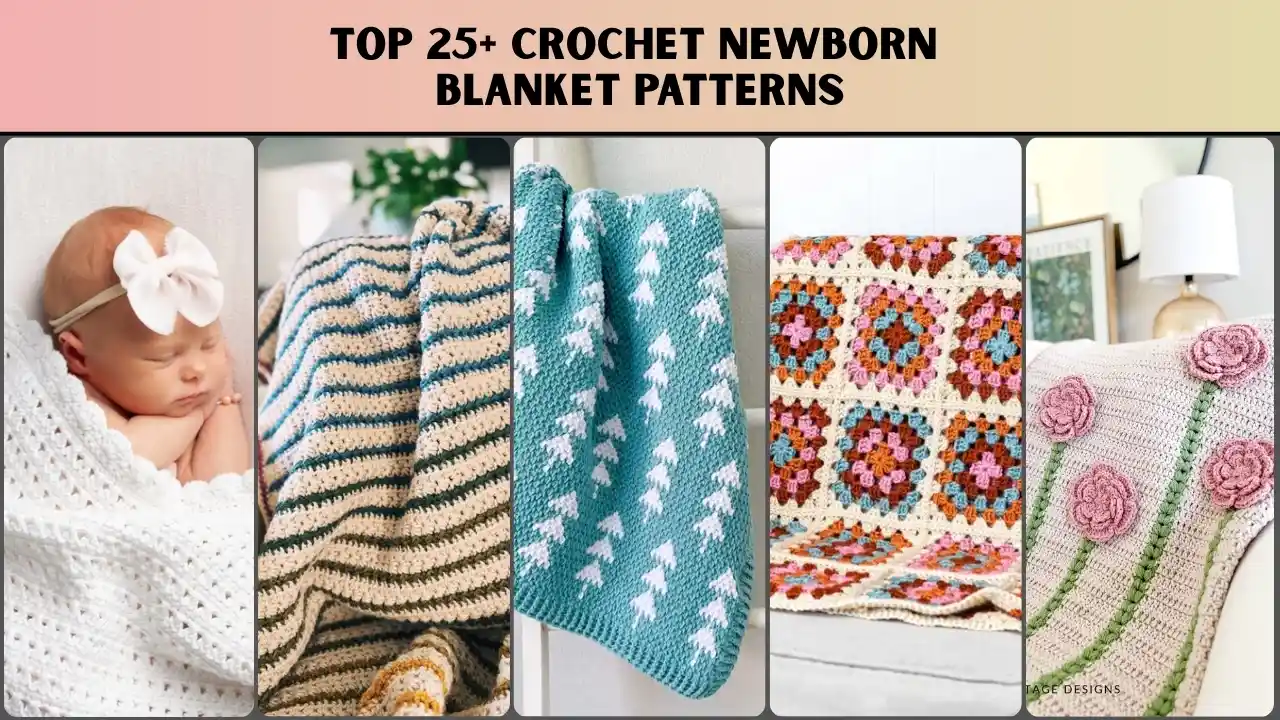
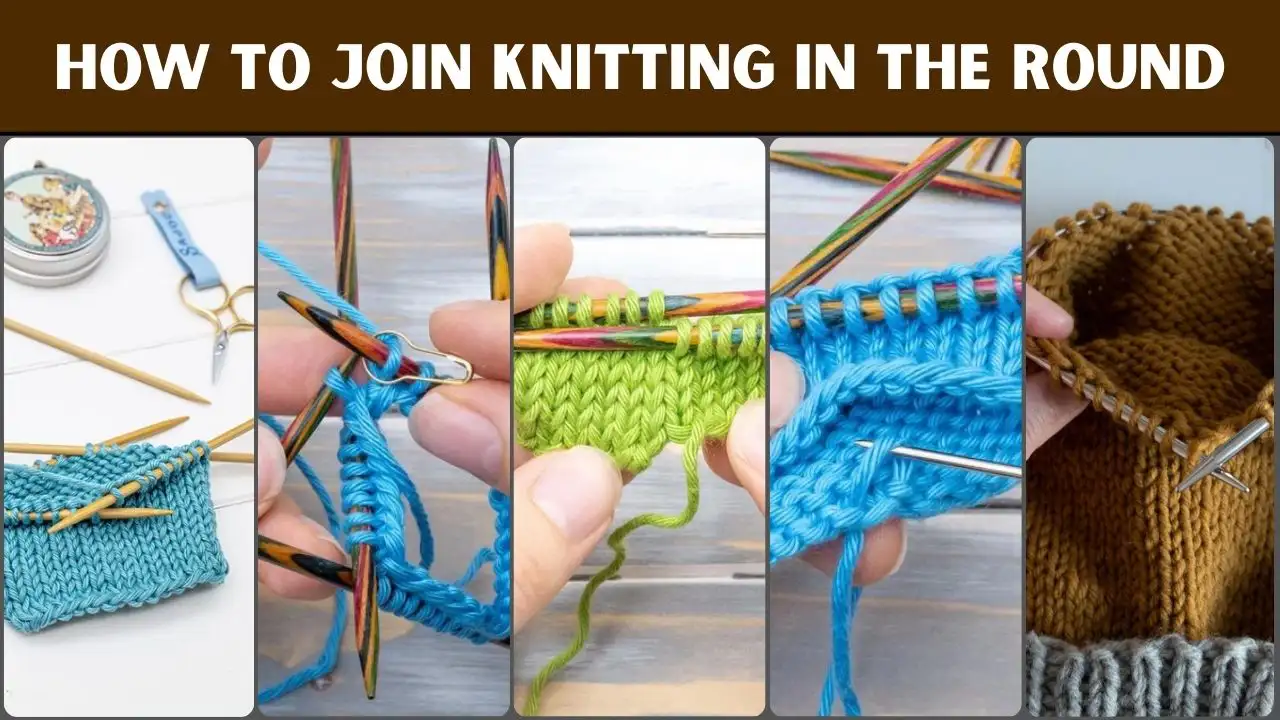
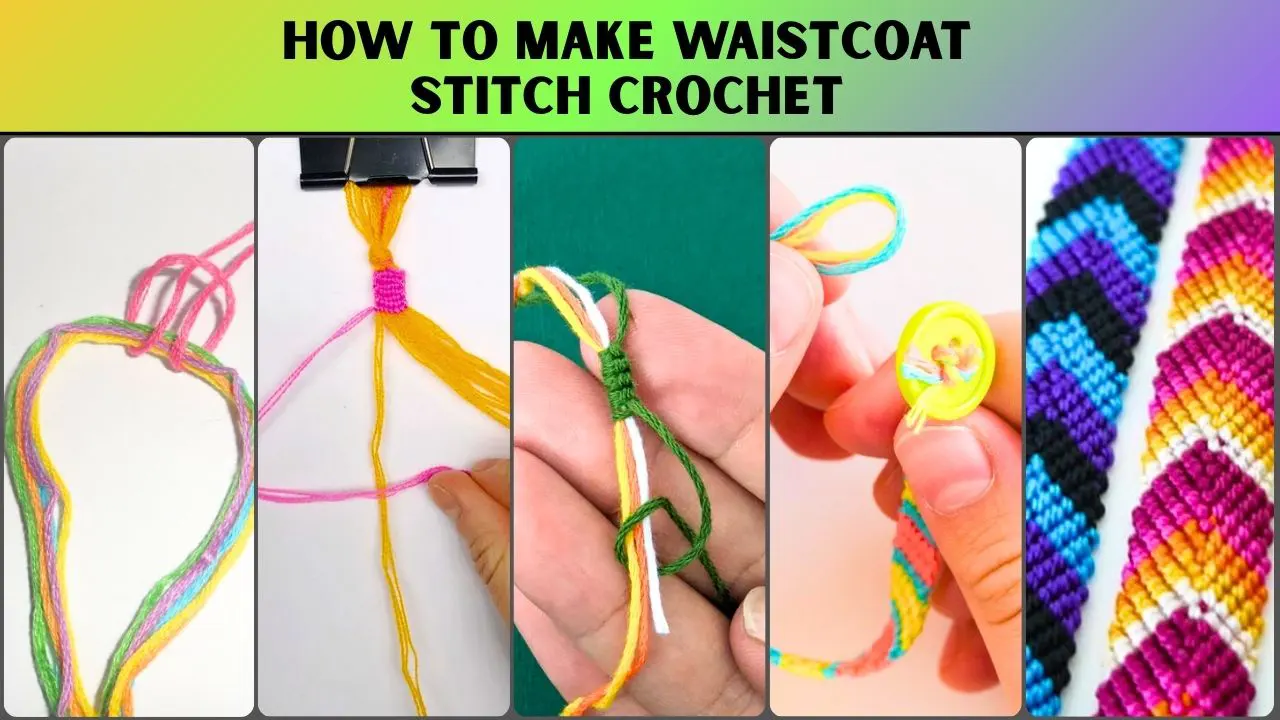
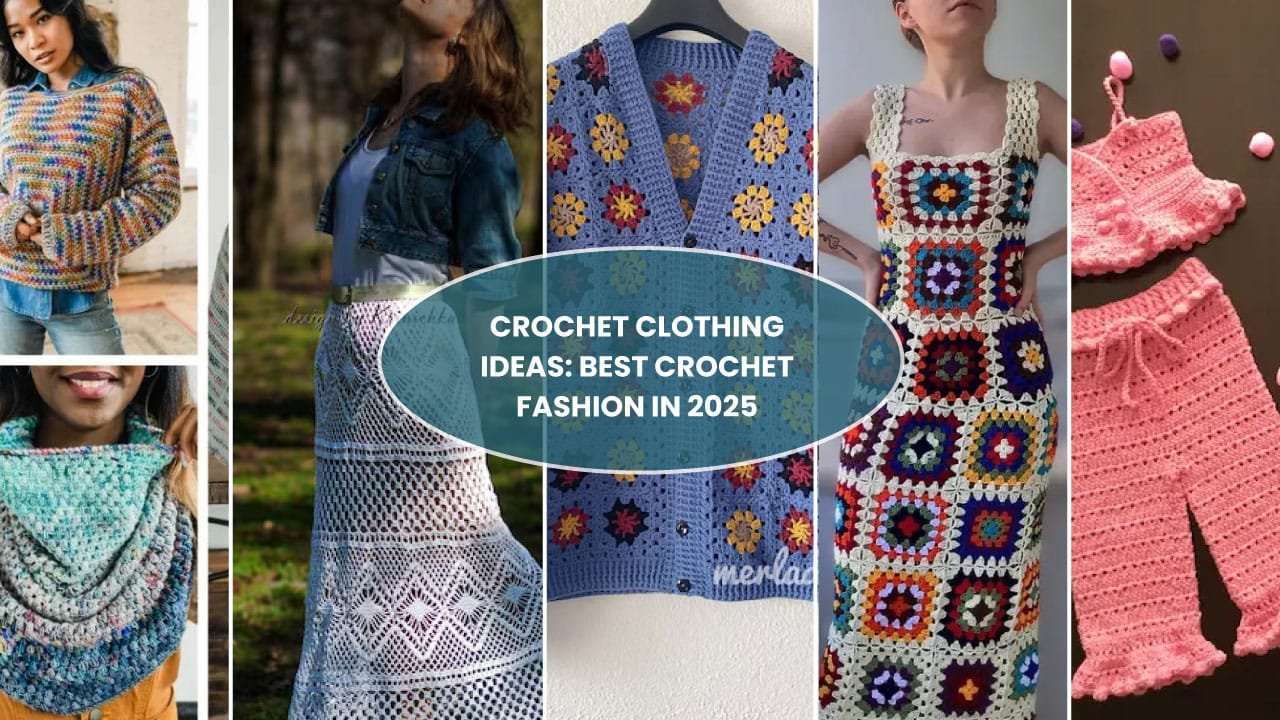
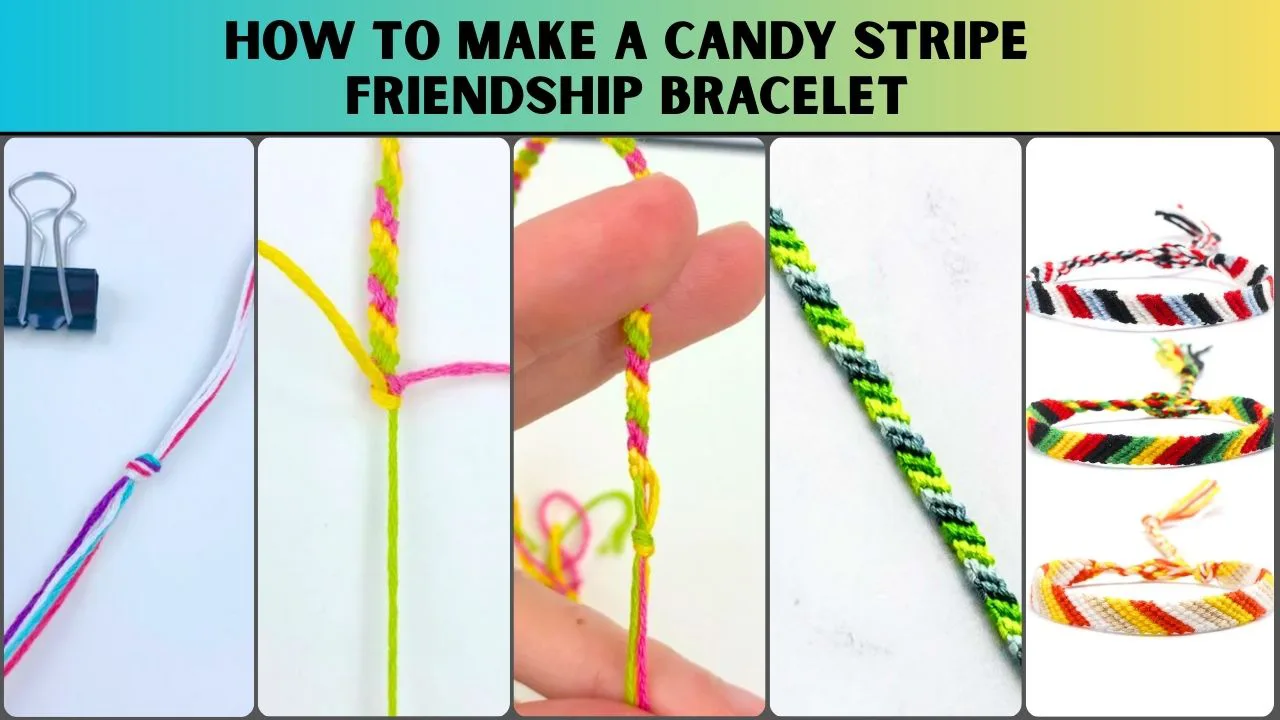
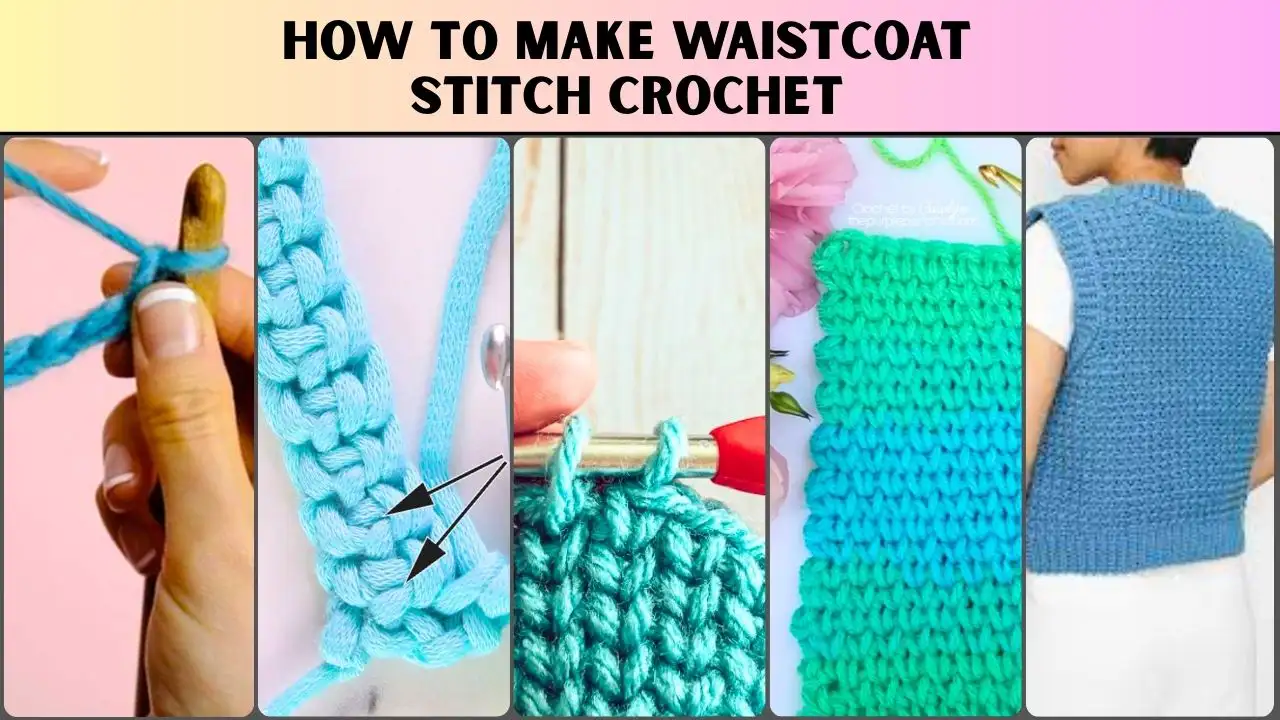
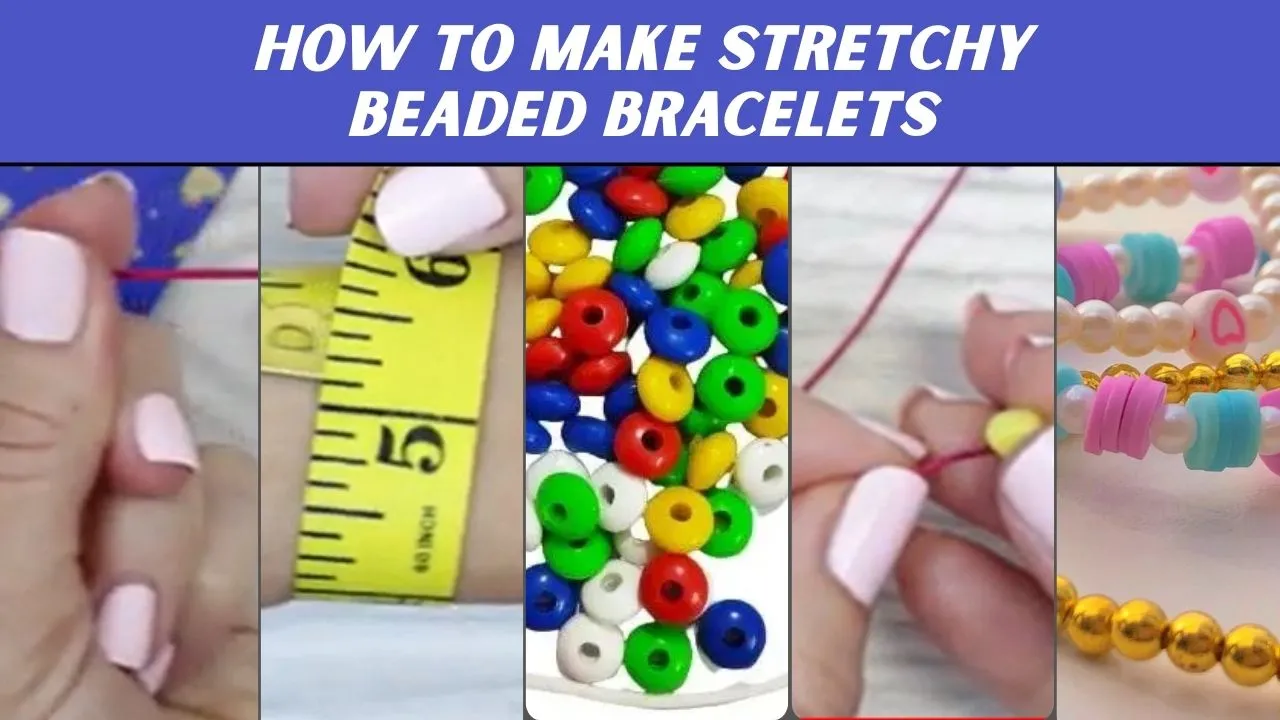
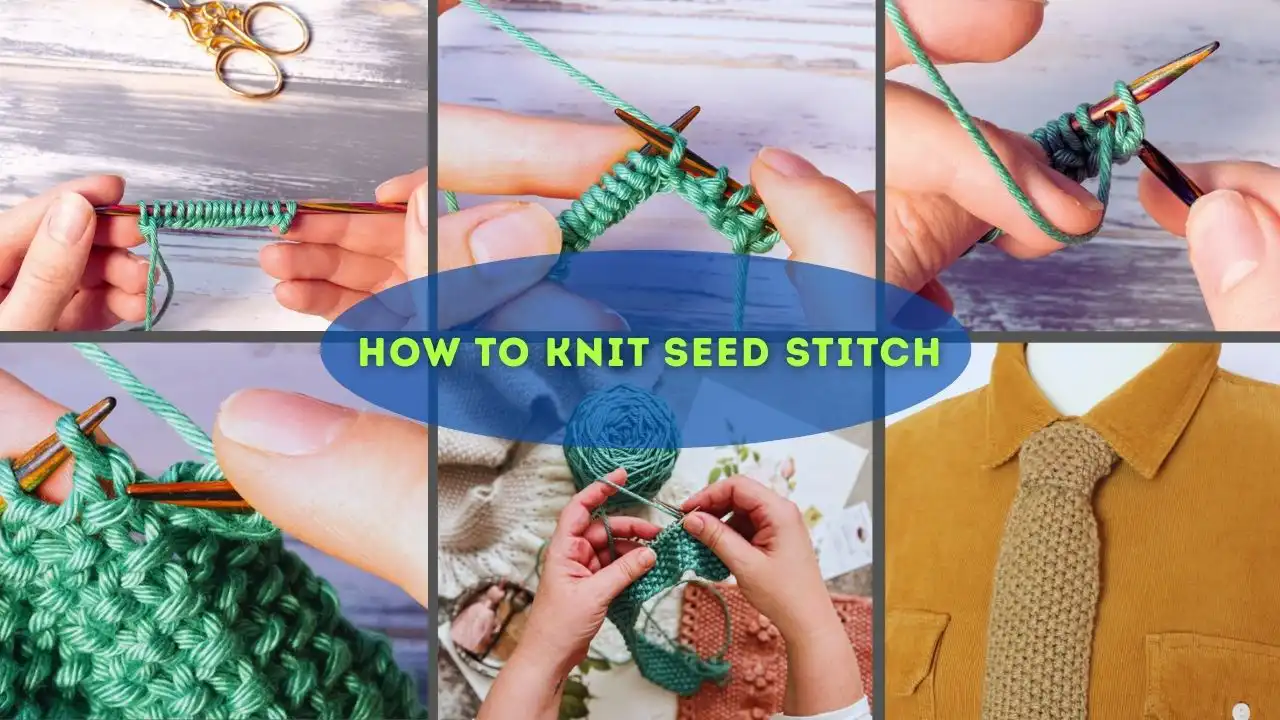
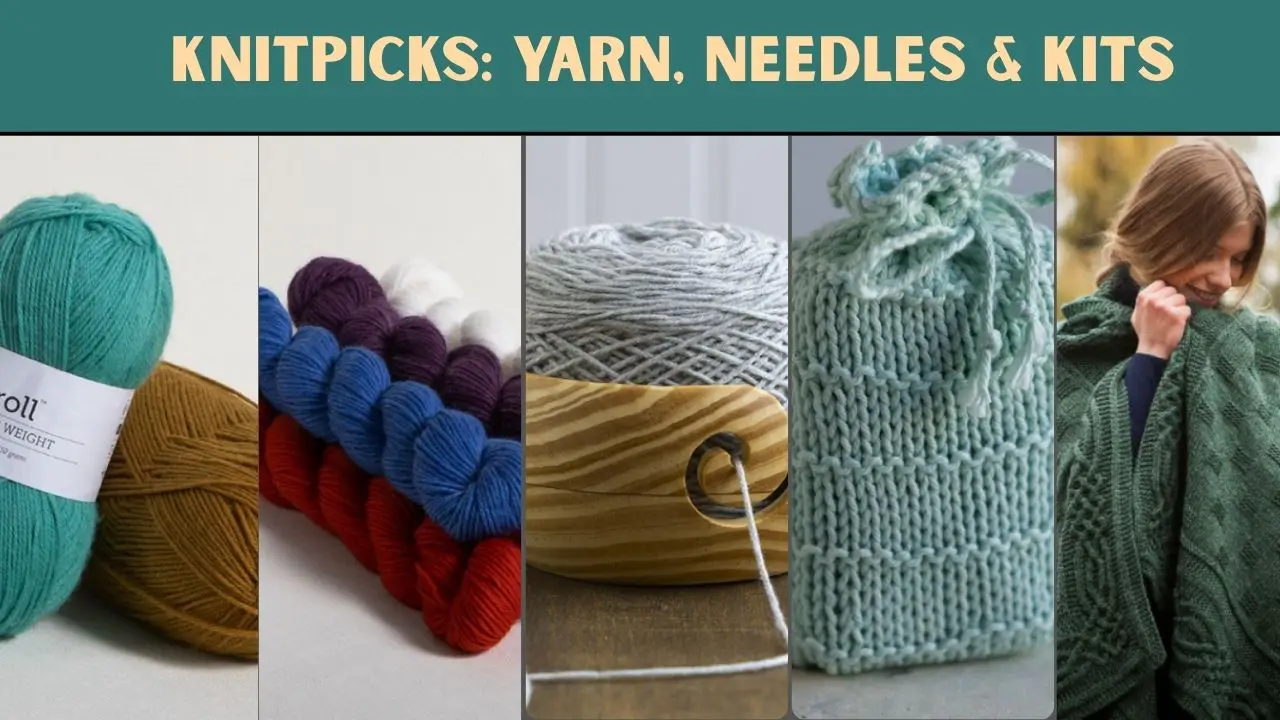
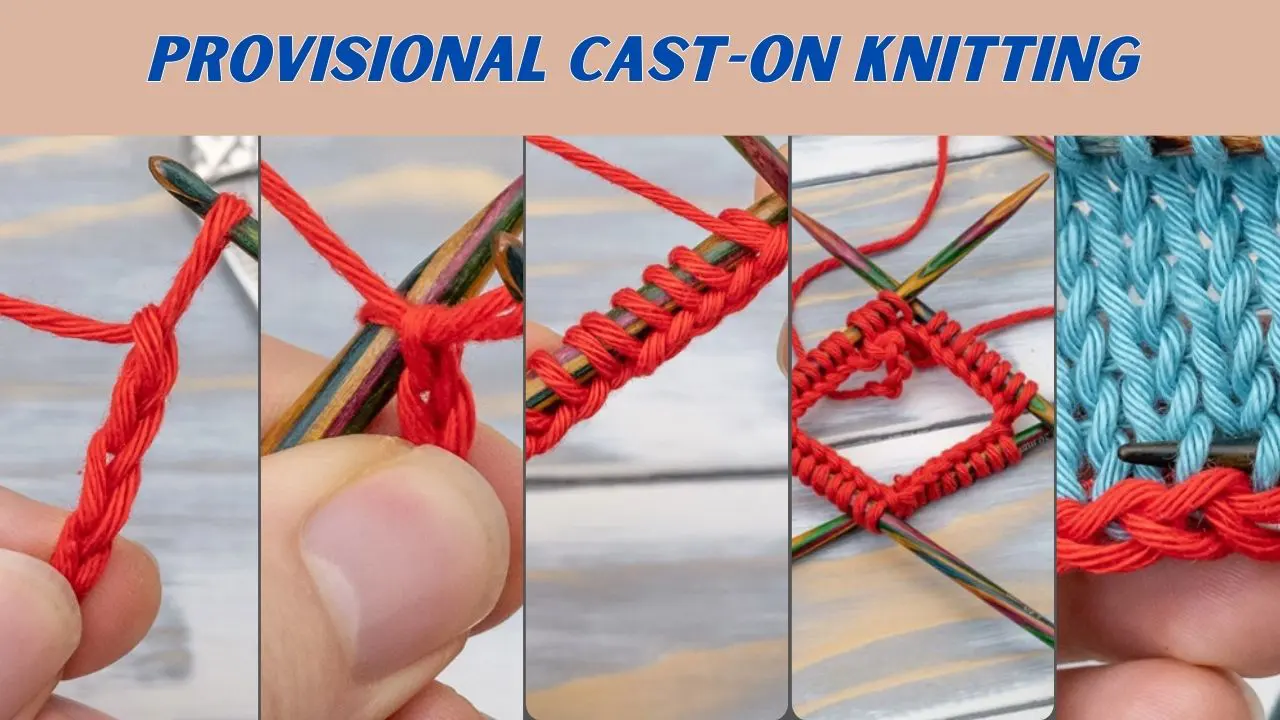
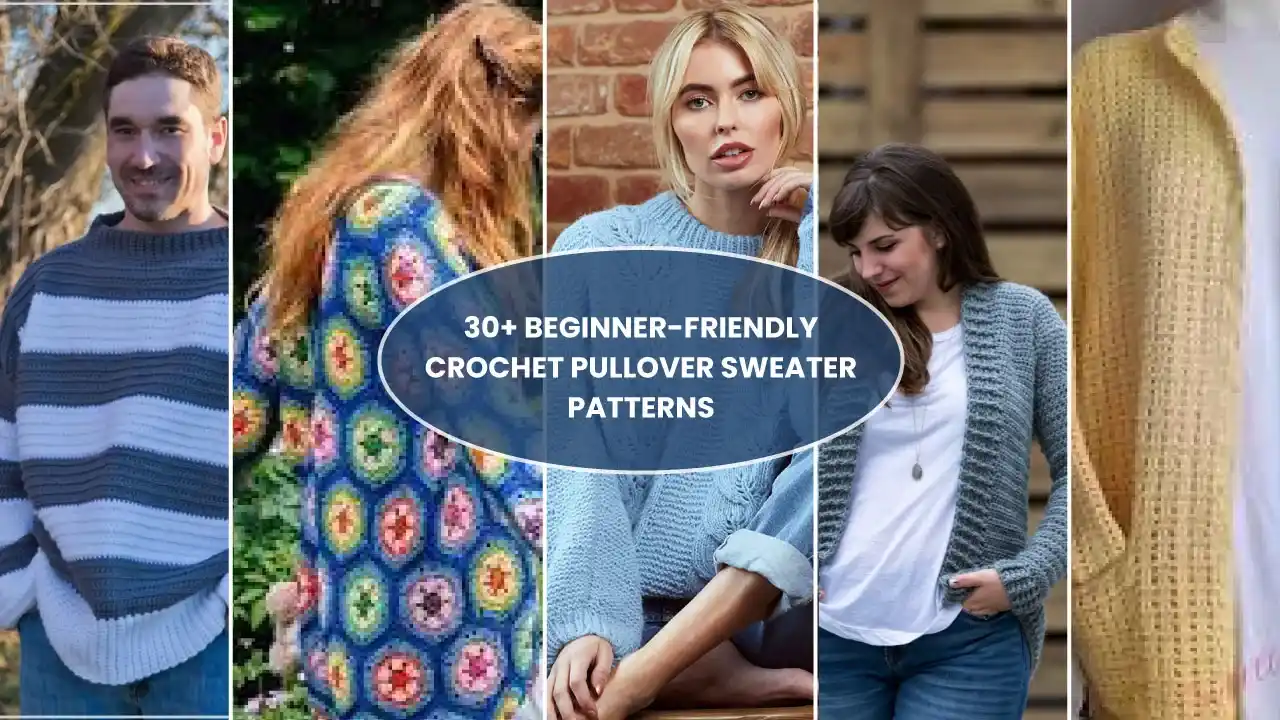

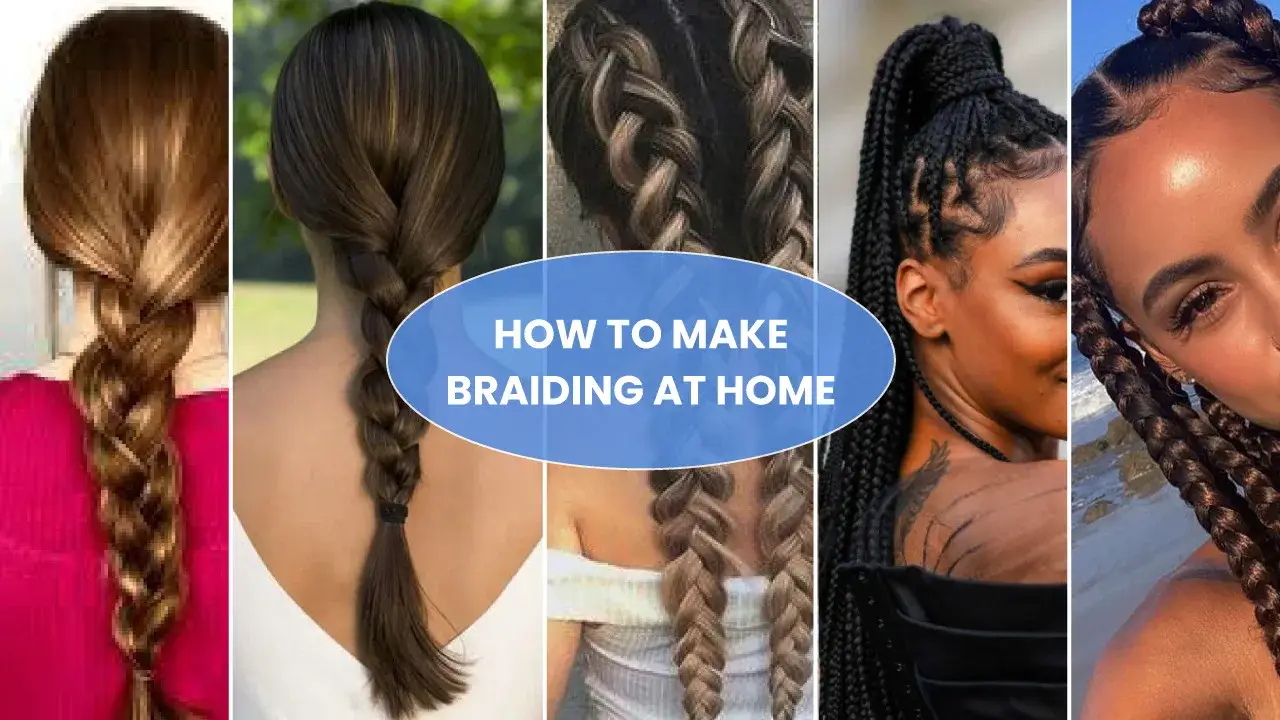
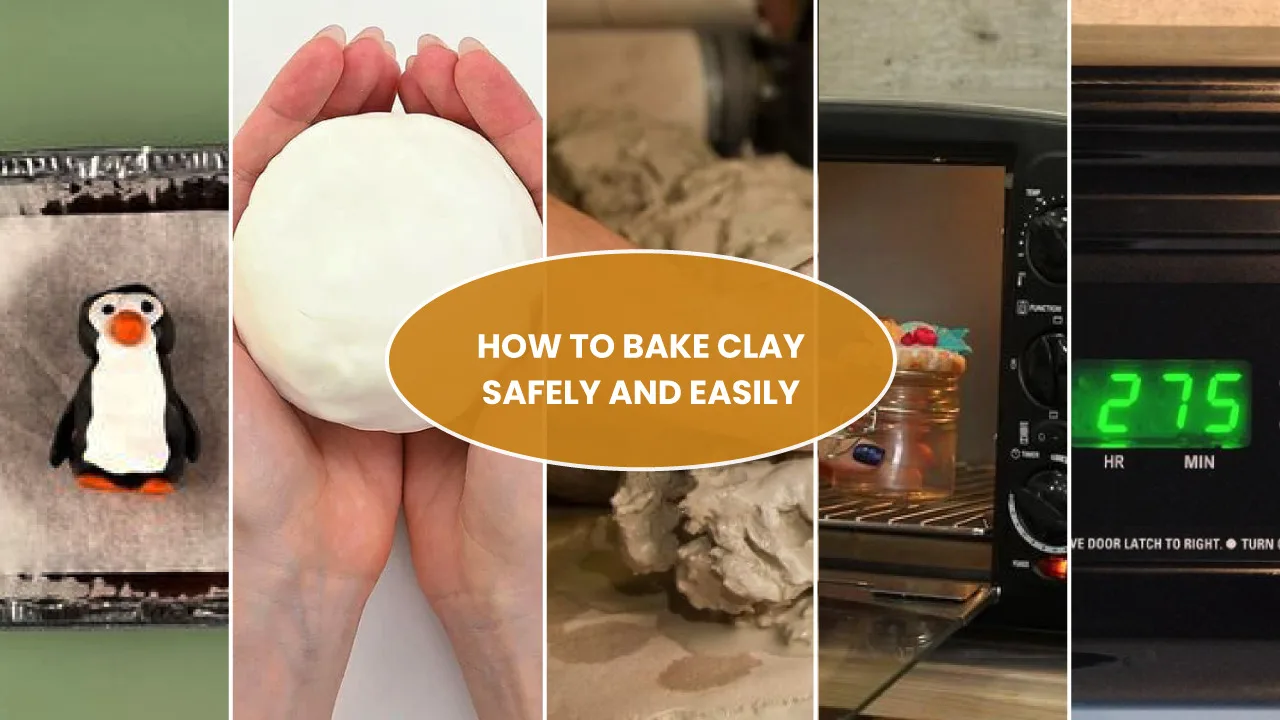
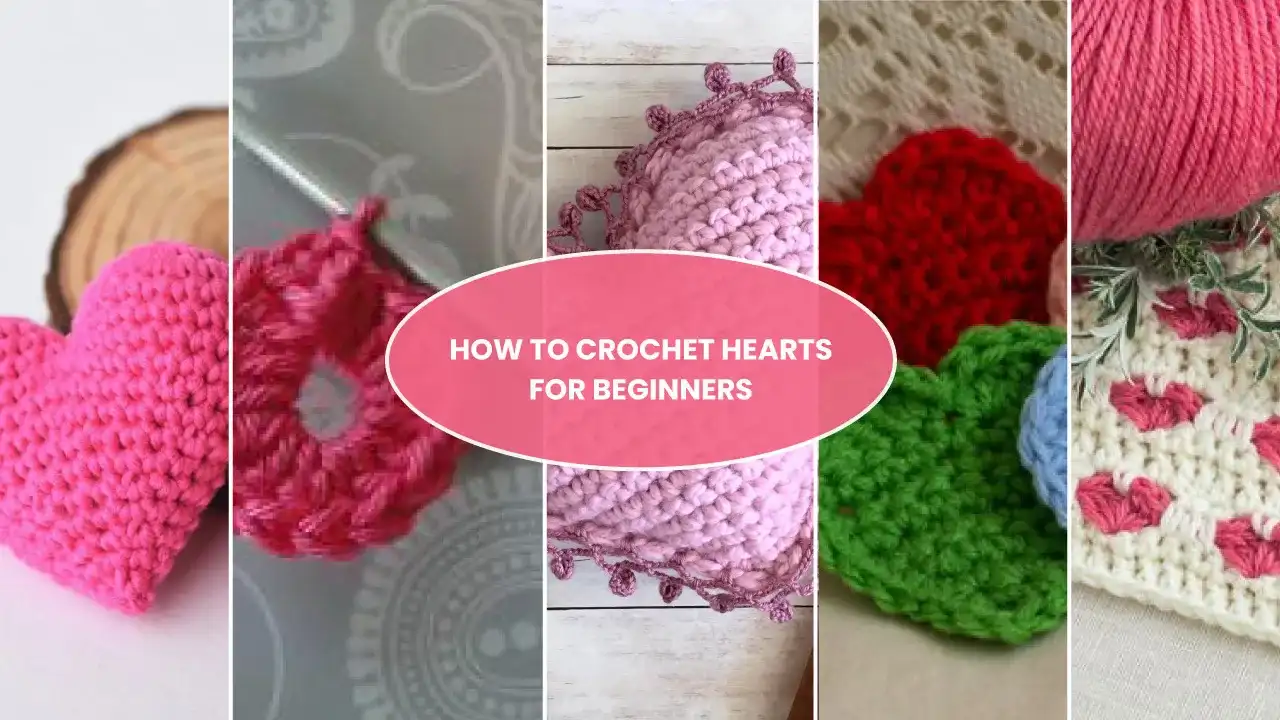
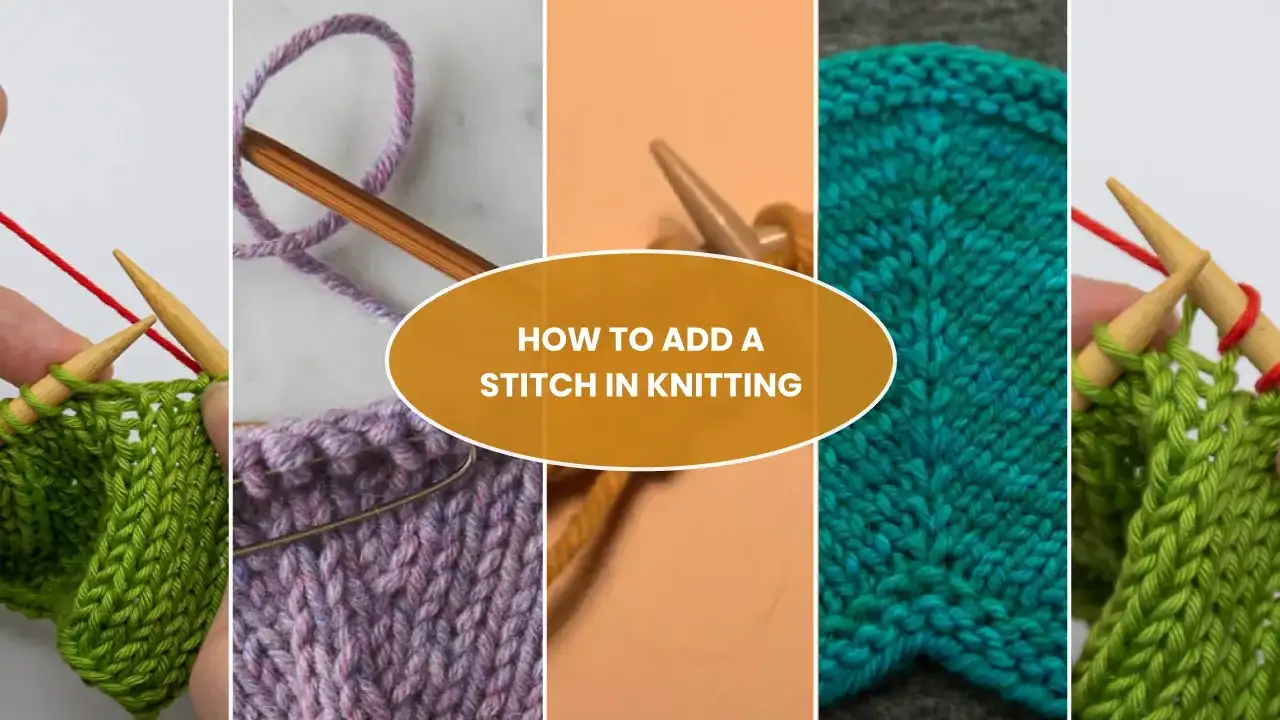

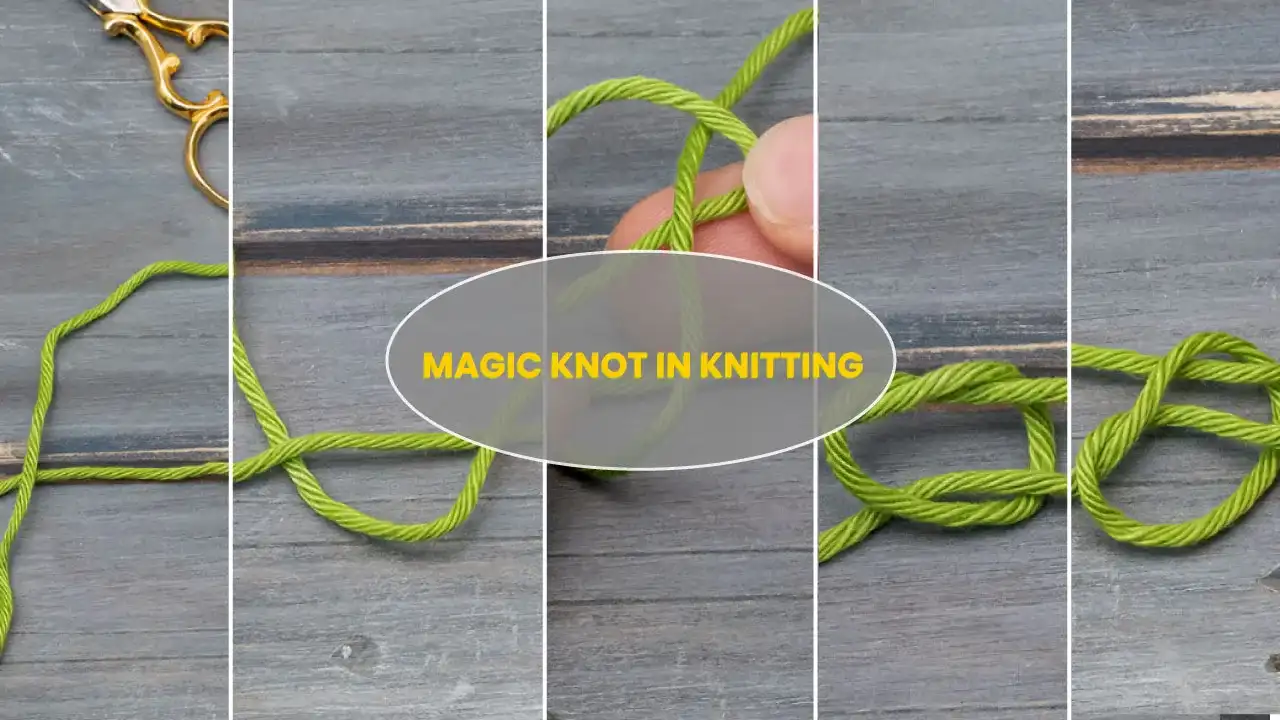
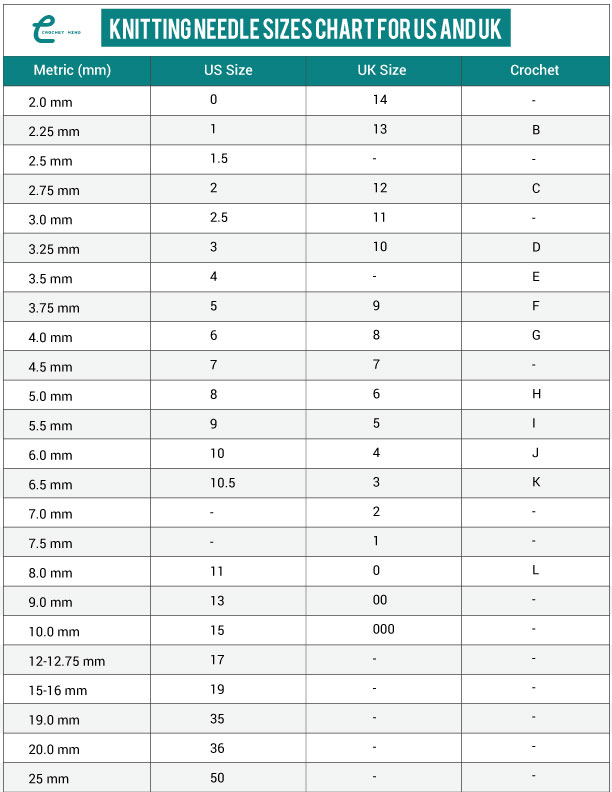
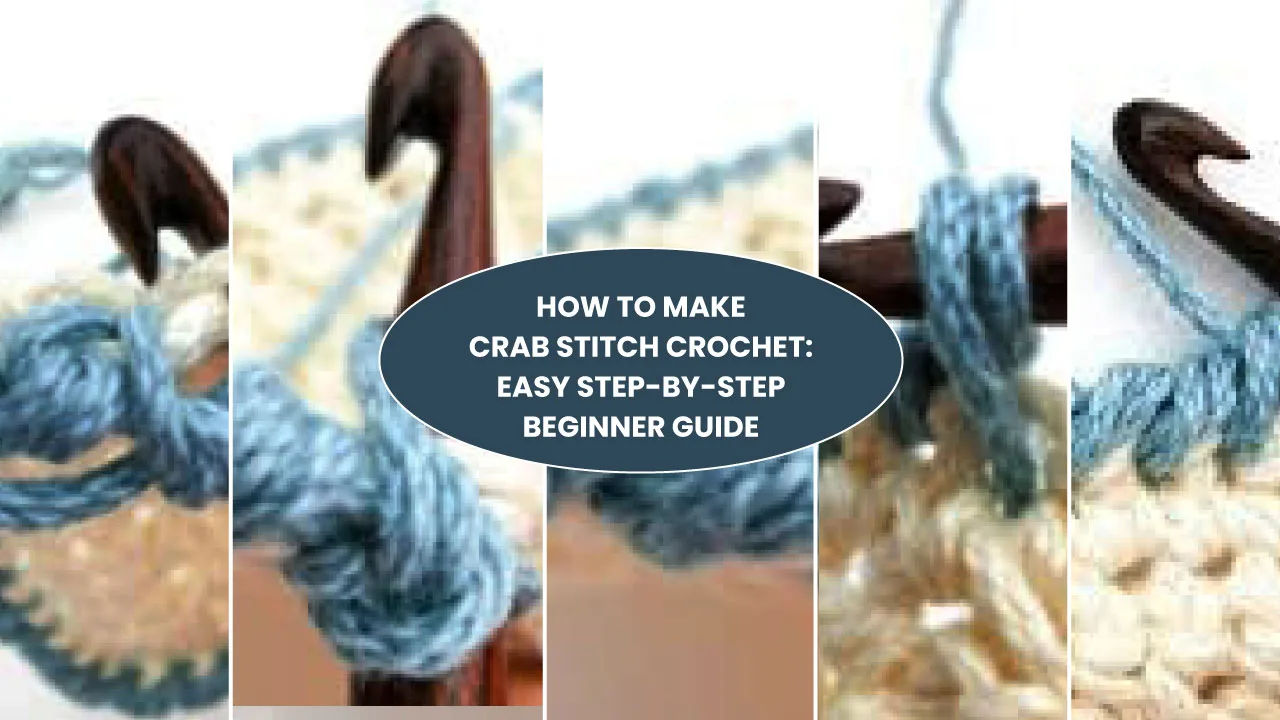
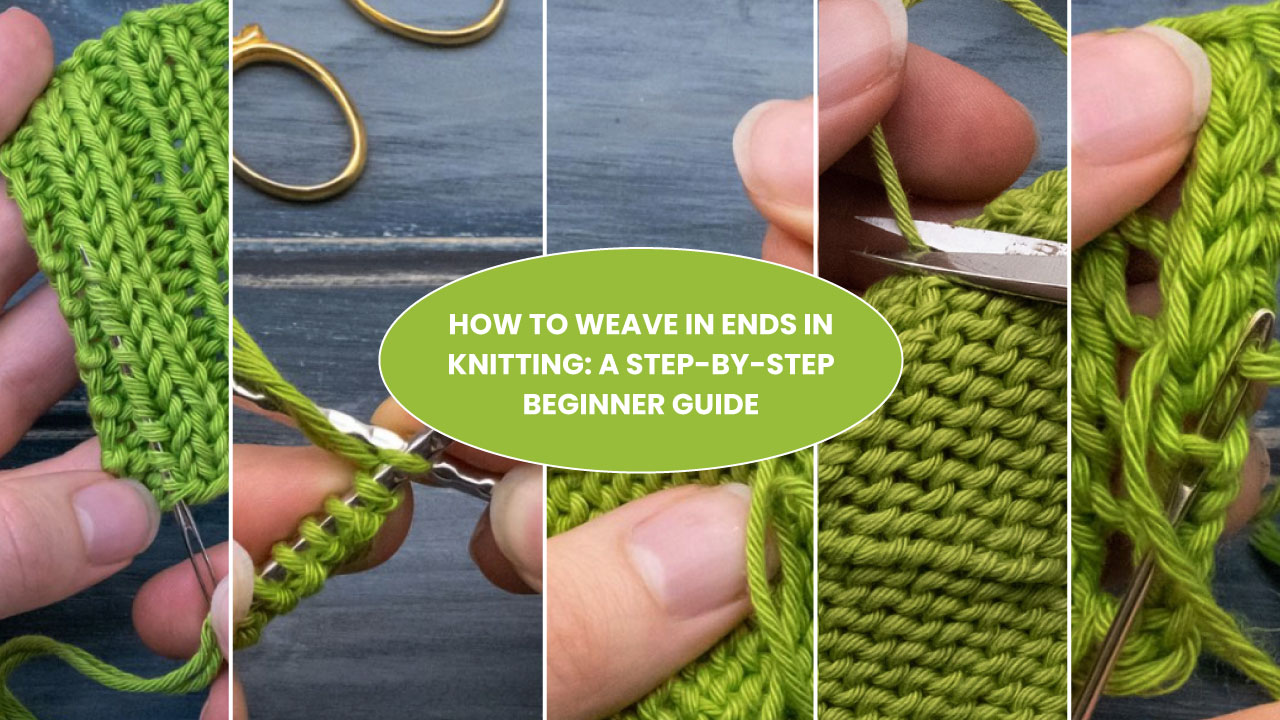
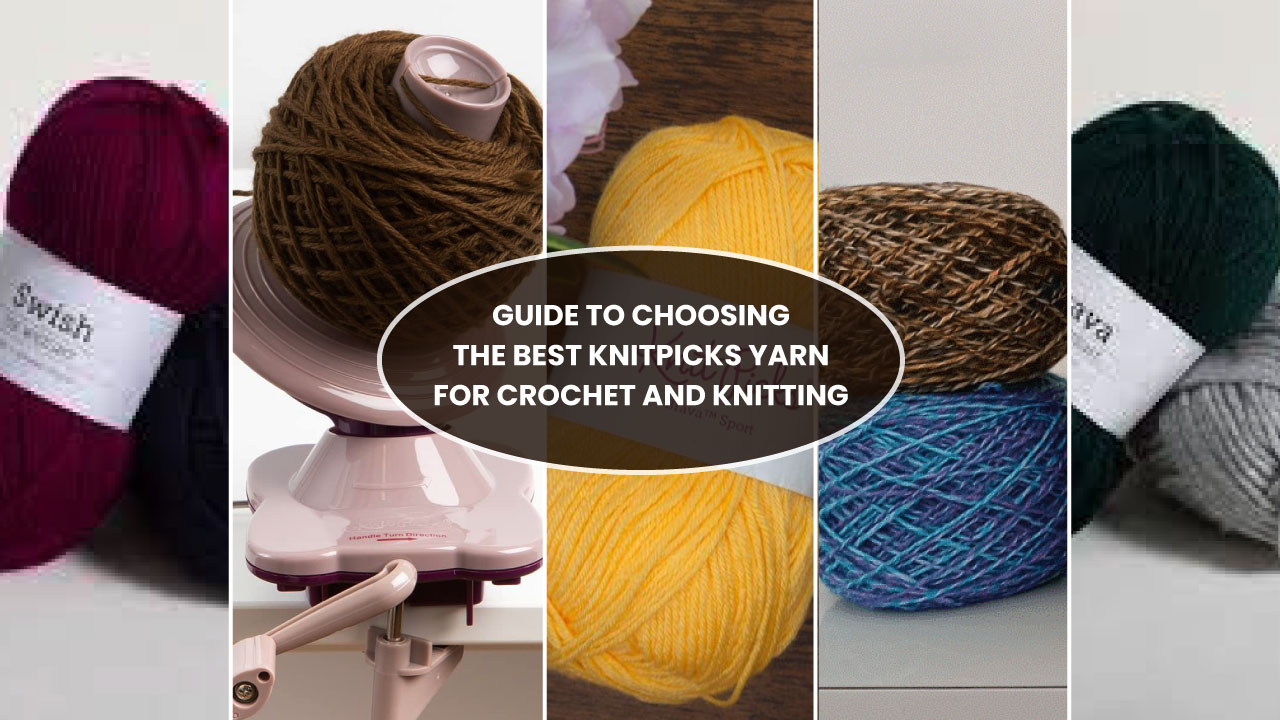
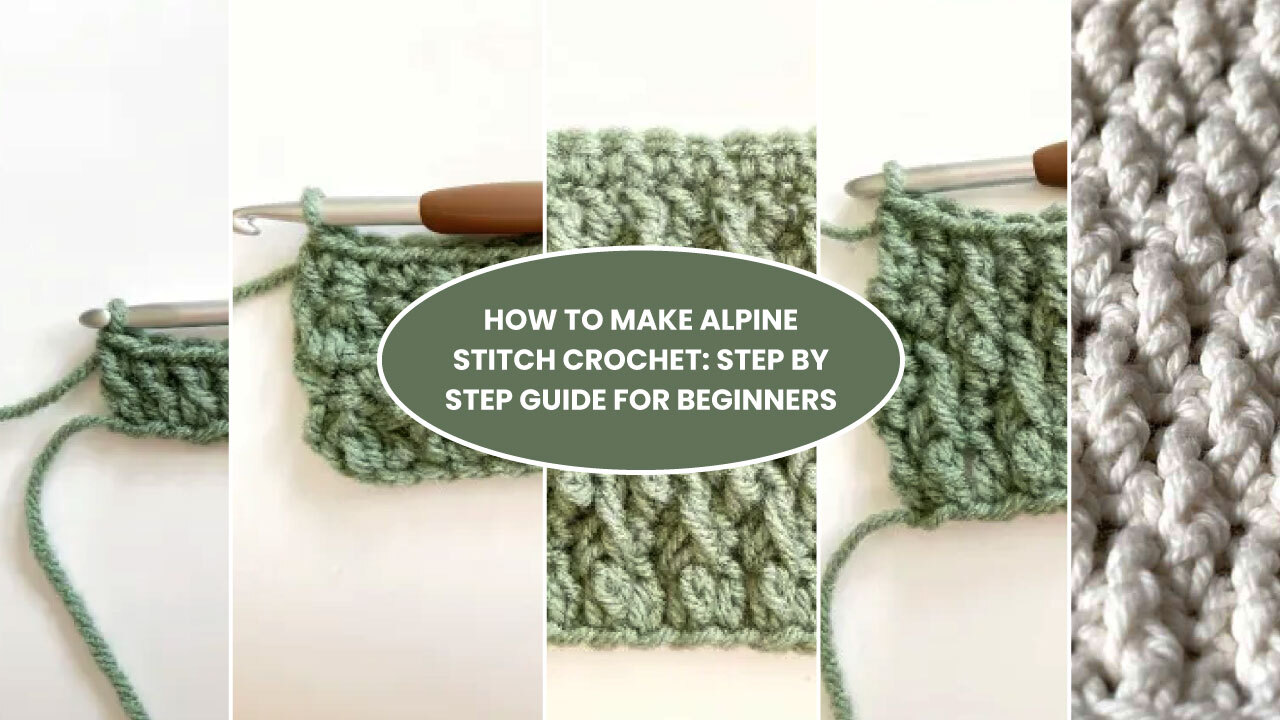
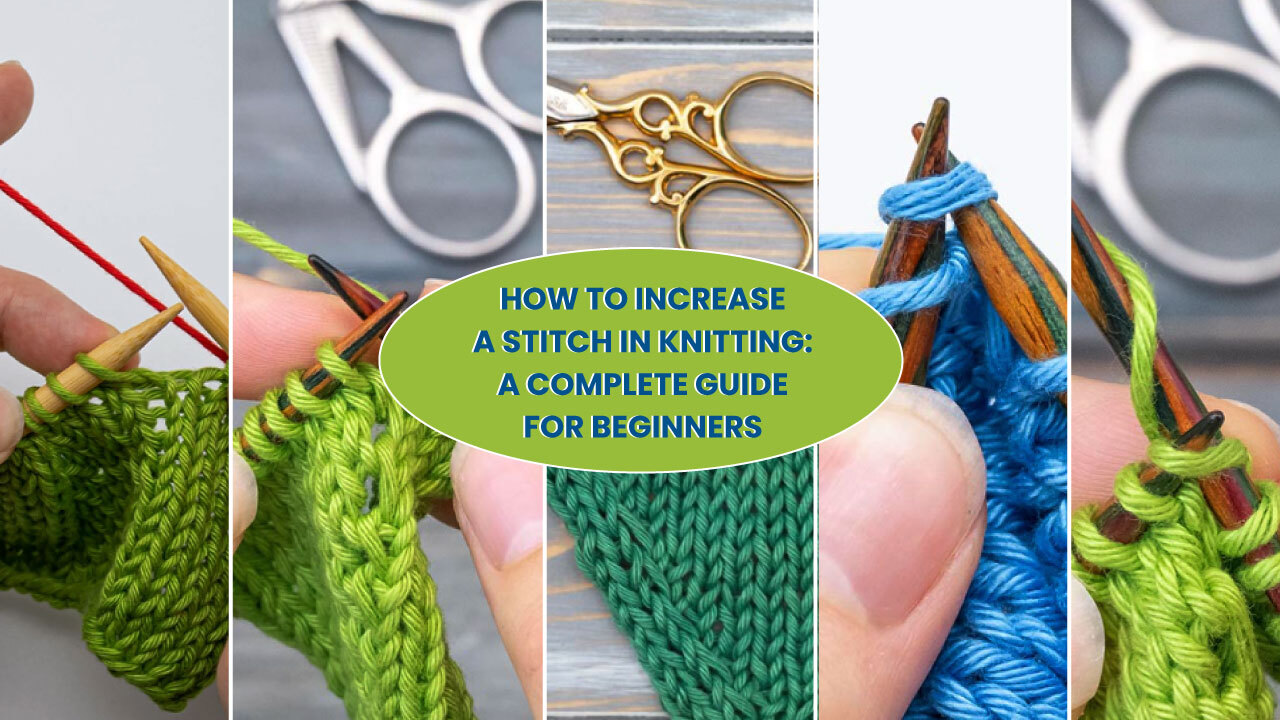
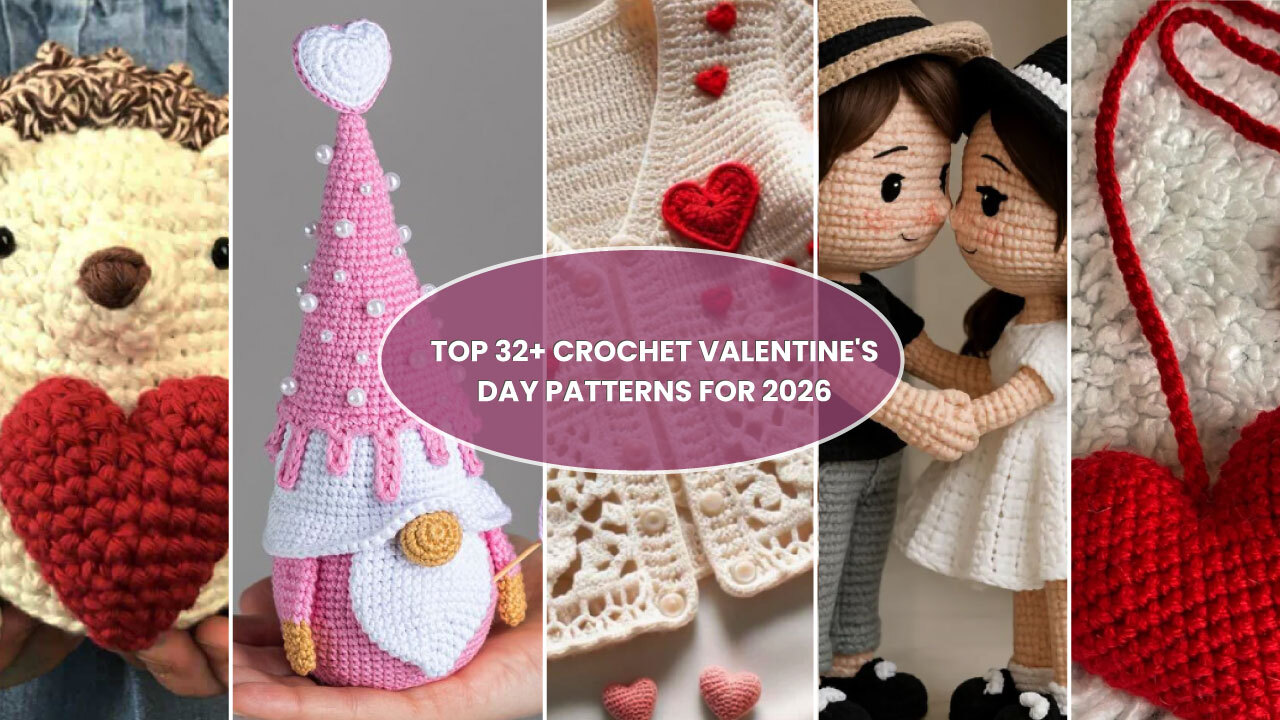
![Select Crochet Clothing Ideas: [Best Crochet Fashion] Crochet Clothing Ideas](https://crochetmind.com/wp-content/uploads/2025/07/Crochet-Clothing-Ideas-Best-Crochet-Fashion-in-2025-1-1.jpg)
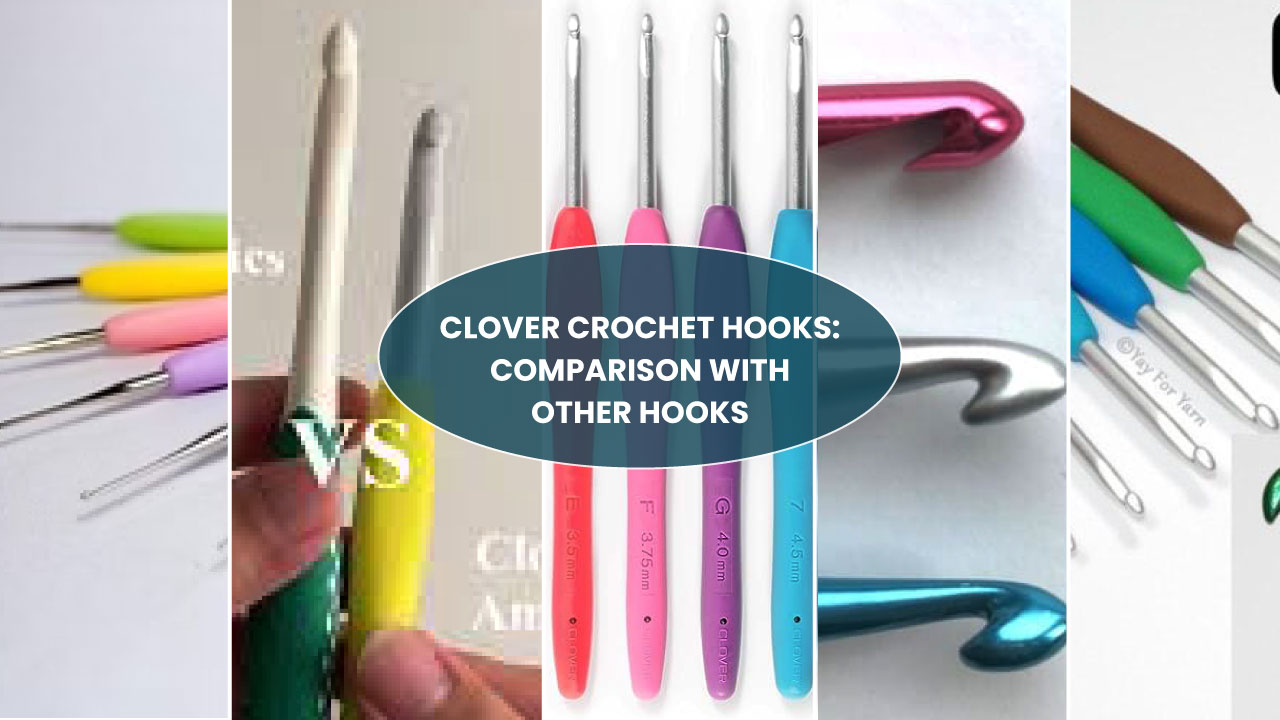
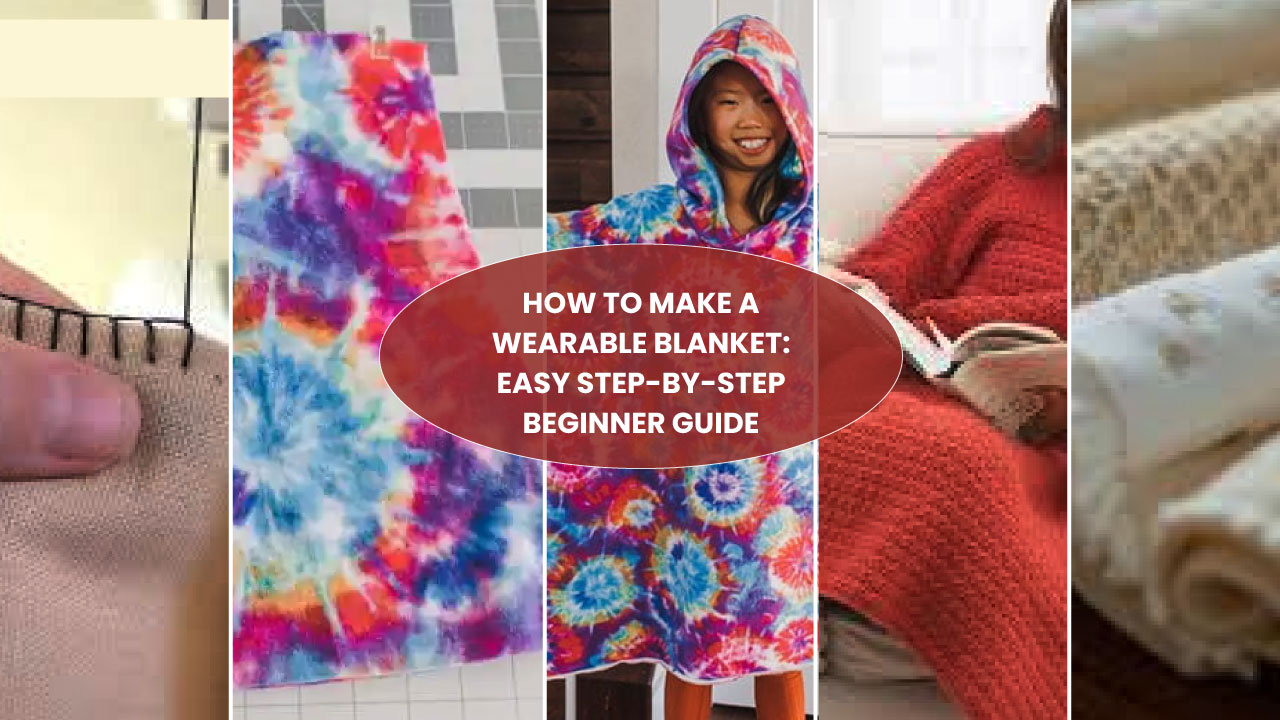

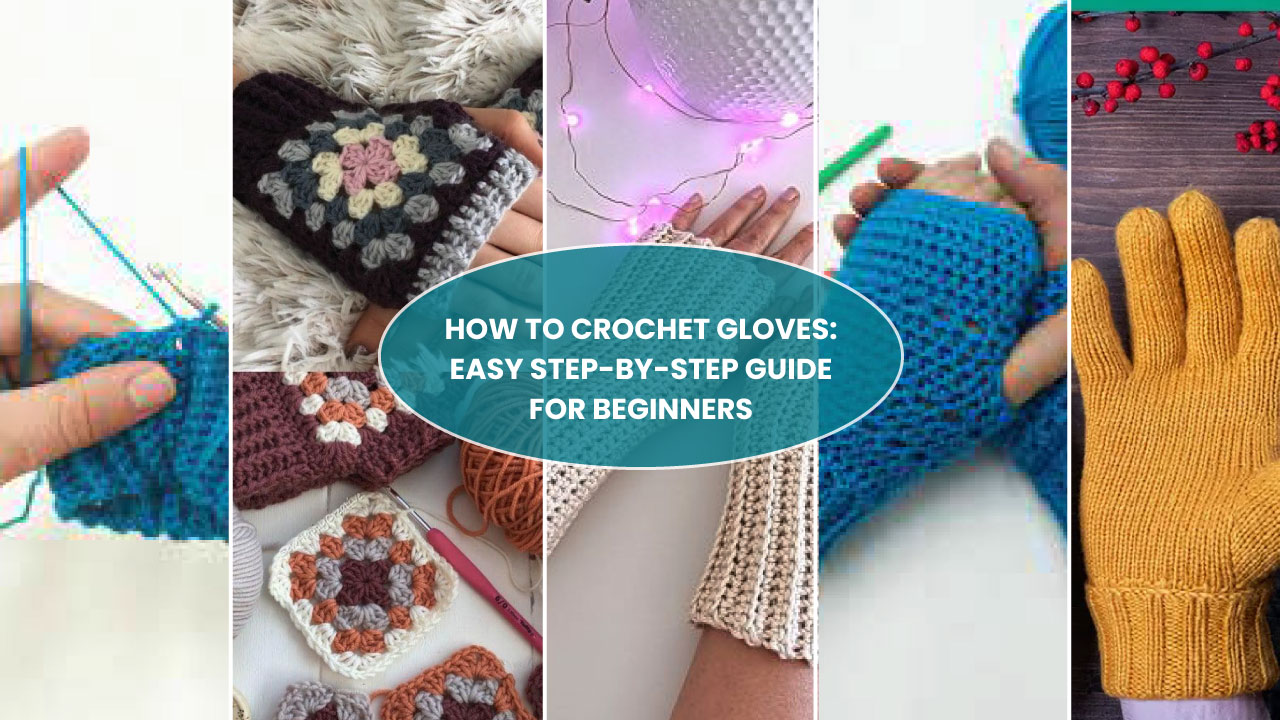
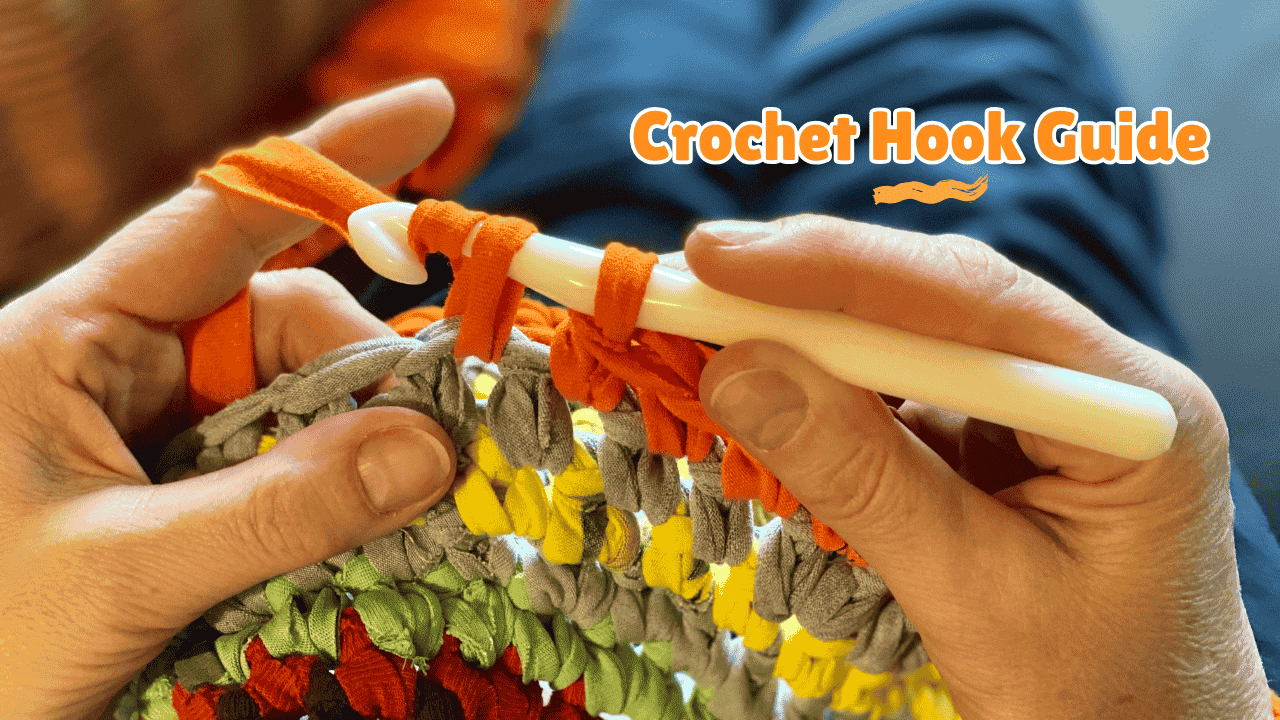


![The Best 30+ Free Crochet Cat Patterns [Beginner-Friendly Guide]](https://crochetmind.com/wp-content/uploads/2025/04/1-The-Best-30-Free-Crochet-Cat-Patterns-Beginner-Friendly-Guide.webp)
